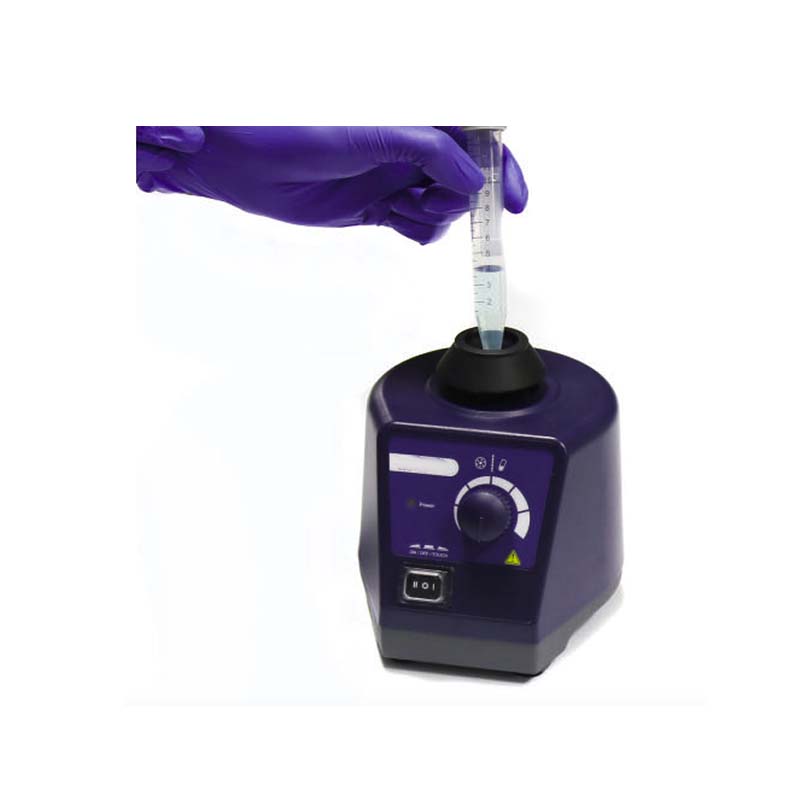Introduction
In the world of laboratories and research, efficiency and precision are paramount. One essential piece of equipment that ensures these standards is the vortex mixer. This versatile tool is a staple in many scientific settings, providing rapid and thorough mixing of samples. In this article, we’ll explore everything you need to know about vortex mixers, including how they work, their applications, and tips on how to use them effectively.
What is a Vortex Mixer?
A vortex mixer is a simple device used to mix small vials of liquid. It consists of a motor that drives a rubber cup, which holds the sample container. When the device is activated, the motor causes the rubber cup to oscillate in a circular motion, creating a vortex in the liquid inside the container. This action ensures rapid mixing of the sample.
How Does a Vortex Mixer Work?
The core mechanism of a vortex mixer involves a motor and a rubber cup. Here’s a step-by-step breakdown of how it works:
- Placement: A sample tube or container is placed in the rubber cup or held against the edge of the cup.
- Activation: The device is turned on, either automatically when the tube is pressed down or manually via a switch.
- Oscillation: The motor causes the rubber cup to oscillate at high speeds, typically in a circular or orbital motion.
- Vortex Formation: The rapid movement of the cup transfers to the liquid in the container, creating a vortex. This vortex efficiently mixes the contents of the container.
Applications of Vortex Mixers
Vortex mixers are used in various scientific fields and applications, including:
- Biological Research: For mixing cell suspensions and biological samples, including protein solutions. For more on vortex mixing of proteins, visit LabPro Technology.
- Chemical Laboratories: For dissolving reagents and mixing chemical solutions.
- Pharmaceuticals: For preparing samples and formulations.
- Clinical Laboratories: For homogenizing samples before analysis.
- High-Throughput Laboratories: For large-scale mixing, a multi-vortex-mixer can handle multiple samples simultaneously, increasing efficiency.
Advantages of Using a Vortex Mixer
- Efficiency: Vortex mixers provide quick and thorough mixing.
- Versatility: They can accommodate a wide range of container sizes and shapes.
- Ease of Use: Simple operation with minimal training required.
- Consistency: Ensures uniform mixing, crucial for reproducible results.
How to Use a Vortex Mixer
Using a vortex mixer is straightforward, but following proper procedures ensures safety and effectiveness:
- Setup: Place the vortex mixer on a stable, level surface.
- Select Container: Choose a container that fits well in the rubber cup.
- Secure Lid: Ensure the lid of the container is tightly closed to prevent spills.
- Place Container: Hold the container against the rubber cup or place it in the cup, depending on the design of the mixer.
- Activate Mixer: Turn on the mixer or press the container down to start mixing.
- Mix Time: Mix for the desired amount of time, typically a few seconds to a minute.
- Remove Container: Turn off the mixer and carefully remove the container.
Safety Tips
- Avoid Overfilling: Do not overfill containers to prevent spills.
- Check Stability: Ensure the mixer is stable and won’t tip over during operation.
- Wear Protective Gear: Use appropriate protective equipment, such as gloves and goggles.
- Regular Maintenance: Clean the rubber cup and inspect the device regularly for wear and tear.
Conclusion
Vortex mixers are indispensable tools in any laboratory setting, offering efficient, reliable, and consistent mixing of samples. Whether you’re working in biology, chemistry, pharmaceuticals, or clinical research, understanding how to use a vortex mixer and its benefits can significantly enhance your workflow. By following the tips and guidelines provided, you can ensure safe and effective use of this essential lab equipment.
For more information on vortex mixing, especially for proteins, check out LabPro Technology. Additionally, if your lab requires high-throughput capabilities, consider a multi-vortex-mixer to handle multiple samples simultaneously and improve efficiency.
